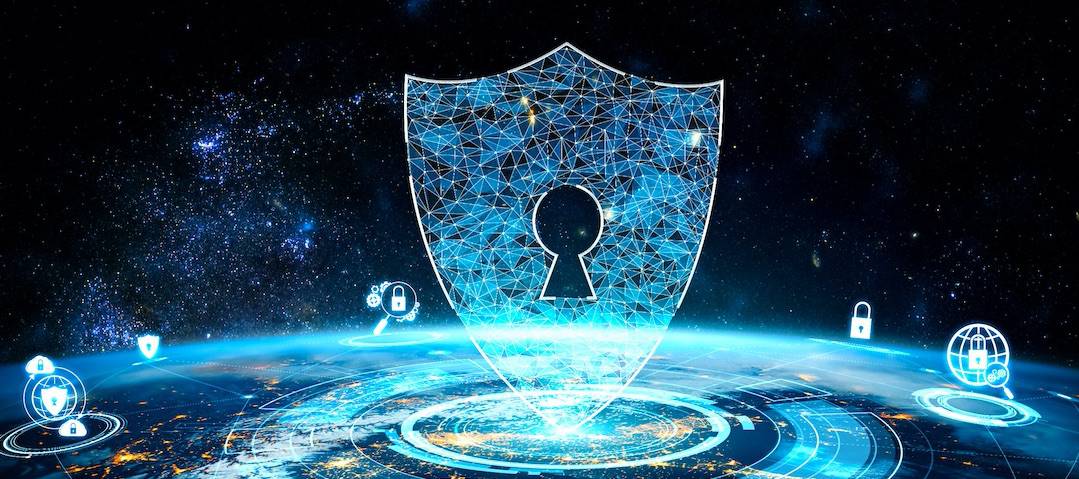Not a matter of “if”, but “when”: it is never too late to start protecting Irish businesses from a cyber-attack, Jason Ward, Vice-President and Managing Director of Dell Technologies Ireland, outlines the risks and possible remedies companies can put in place.
With the onset of the COVID-19 pandemic in Ireland last year, many businesses, large and small, embraced technology at an unprecedented speed. From enabling much of the population to work from home to transforming business models, we now live and work in a truly digital economy and society.
This has resulted in data becoming the lifeblood of organisations within both the public and private sectors. Data plays an ever more important role in helping doctors to treat patients and ensuring businesses stay ahead of the changing needs of consumers.
But with this increasing dependence comes new cyber threats. There has been a threefold increase in the number of cyber-attacks in the last 18 to 24 months alone. Such attacks now occur globally every 11 seconds with 48% of breaches involving small businesses.
7 in 10 Irish businesses are accelerating their digital transformation plans
Leaders in every sector have become concerned at the evolving risks they face. With the latest survey from Dell Technologies revealing that 7 in 10 Irish businesses are accelerating their digital transformation plans, the stakes could not be higher. Their business resilience is now directly tied to their cyber resilience.
The impact of cyber attacks
Cyber risks are obviously something front of mind for everyone right now given the attacks witnessed in a range of sectors in Ireland, including most prominently in healthcare. Further afield, organisations in the US have been impacted by disruptive cyberattacks, many of which have gone undetected for months.
The nature of these attacks show how cybercrime has evolved. Some forms of malware can now sit undetected in your operations for months and only become apparent when one small problem emerges that leads to the bigger issue. In 2020 the average time it took to identify a breach was 228 days.
Proliferation of data
Now is the time for organisations to take action to strengthen their cyber resilience.
The amount of data that businesses are protecting is set to explode with the Internet of Things and the advent of 5G. Today with 4G, there can be up to 5,000 connected devices per square mile. 5G mobile broadband supports a far higher number of devices in any given area – an estimated 2.5m connected devices per square mile.
Organisations can no longer simply focus on just protecting individual IT systems or devices – they need to assess their ability of their entire business to withstand and recover from a cyber-attack.
Protecting your business from attack
But how can Irish organisations best protect their most valuable asset – their data?
In the first place, every business must understand what its DNA is – that’s the critical 10-15 percent of data and mission critical business applications that must be protected at all costs.
A true logical air gap needs to be inaccessible and offline, not just in a different location
The next step is to explore a more resilient infrastructure than solely back-up environments to protect an organisation’s data. This process can be simplified and made more effective by services that enable organisations to move business critical data into an isolated air gap environment and lock it down in less than five steps.
This is what we call a cyber-vault. This provides the ultimate protection for businesses critical information.
In the event of an attack, this data will help businesses to recover. A true logical air gap needs to be inaccessible and offline, not just in a different location. Otherwise, it can still be compromised by bad actors. Under this model, a firm’s data is online for an hour every few days at most.
From speaking with business leaders, it is clear that many struggle to differentiate cyber protection and data protection as well as data back-up versus recovery. Our team at Dell Technologies Ireland have been helping Irish companies to navigate this uncertainty by developing and scaling cyber recovery programmes and capabilities that meet the needs of an ever-changing cyber landscape.

Pictured: Jason Ward, Vice-President and Managing Director of Dell Technologies Ireland
Building back better
In Ireland, we have made some good strides towards acknowledging and monitoring the threat of cyber threats with the establishment of the National Cyber Security Centre and its recent guidance on cyber security issues around working from home.
It is important that the Government continues to enhance capabilities and resources in this space given the growing number of businesses that are becoming dependent on digital technology.
The development of the new National Digital Strategy provides a unique opportunity to promote a security-first approach to digital transformation. By doing so, we can ensure we maintain trust in emerging technology as public and private sector organisations unlock their potential in order to build back a more inclusive economy and society.
Highlighting the dangers of cyberattacks and leveraging the extensive expertise that exists on this topic will ensure that businesses and organisations are educated and better prepared. It will also allow us to focus on our post-pandemic recovery in less danger of being thwarted in our attempts to “build back better” by cyber criminals.
For, as the number of recent high-profile attacks across the world illustrate, it is no longer a matter of “if”, it is only a matter of “when”.



